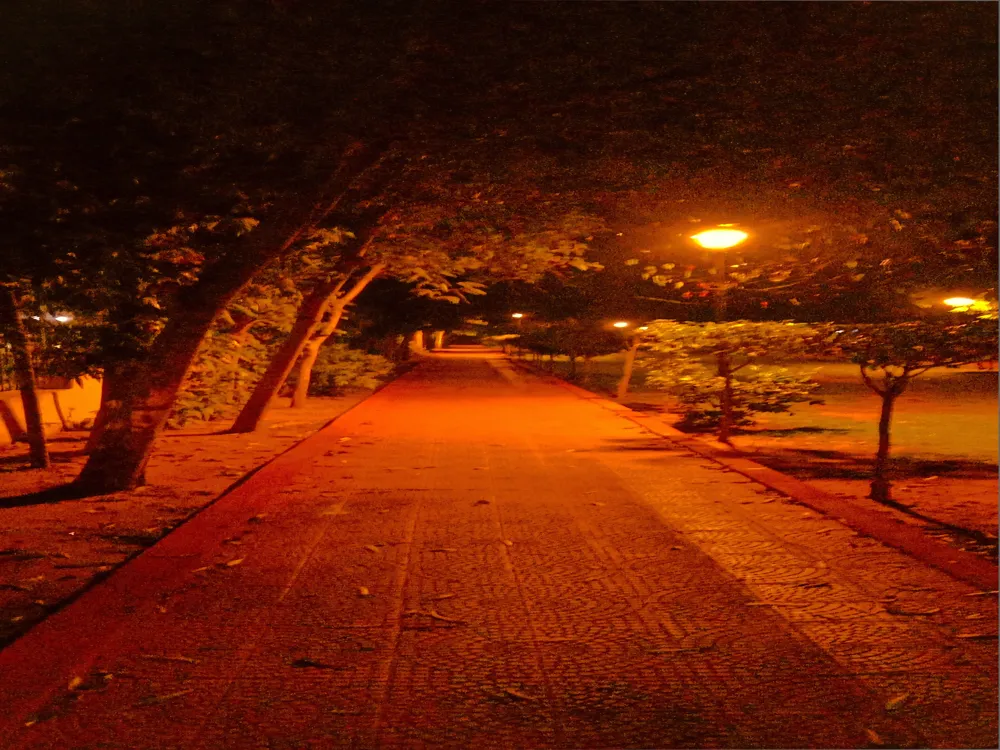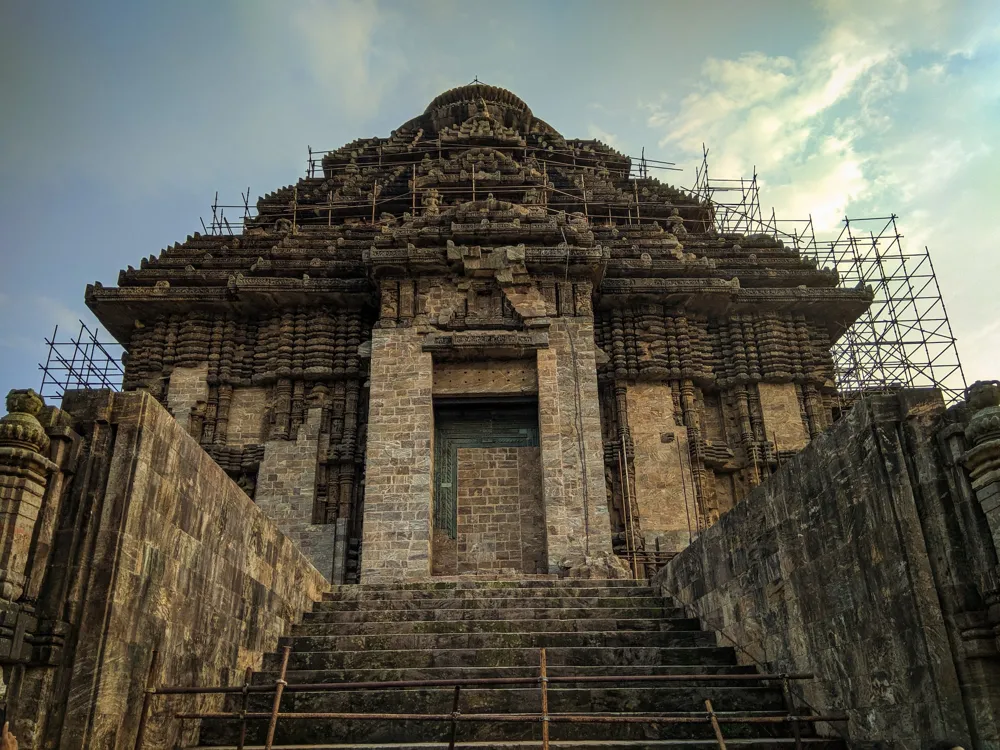The Ashoka Rock Edicts at Dhauli, Odisha, are a significant collection of inscriptions by the ancient Indian emperor Ashoka. Located on a hill, these edicts are inscribed on a mass of rock and date back to the 3rd century BCE. They provide valuable insights into the philosophy of dharma and the moral and administrative principles of Ashoka's rule. The architecture surrounding the Ashoka Rock Edicts is remarkable, featuring a sculpted elephant at the top, which symbolizes the Buddha. The edicts are written in the Brahmi script and represent some of the earliest examples of written records in India. The site is a splendid example of ancient Indian rock-cut architecture. 1. Wear comfortable shoes as the area around the edicts involves some walking. 2. Hiring a guide can enrich your experience with detailed historical insights. 3. The site is best visited during the cooler months to avoid the intense heat. 4. Remember to carry water and sun protection. 5. Be respectful of the site's historical and cultural significance. To reach the Ashoka Rock Edicts at Dhauli, visitors can take a taxi or a bus from Bhubaneswar, the capital city of Odisha. The site is located about 8 kilometers south of Bhubaneswar and is easily accessible via the main road leading to Puri. Read More:Overview of Ashoka Rock Edicts of Dhauli, Odisha
The architecture of Ashoka Rock Edicts
Tips When Visiting Ashoka Rock Edicts
Click for Tips
How To Reach Ashoka Rock Edicts
Ashoka Rock Edicts
Dhauli
Odisha
NaN onwards
View dhauli Packages
Dhauli Travel Packages
View All Packages For Dhauli
Top Hotel Collections for Dhauli

Private Pool

Luxury Hotels

5-Star Hotels

Pet Friendly
Top Hotels Near Dhauli
Other Top Ranking Places In Dhauli
View All Places To Visit In dhauli
View dhauli Packages
Dhauli Travel Packages
View All Packages For Dhauli
Top Hotel Collections for Dhauli

Private Pool

Luxury Hotels

5-Star Hotels

Pet Friendly


















